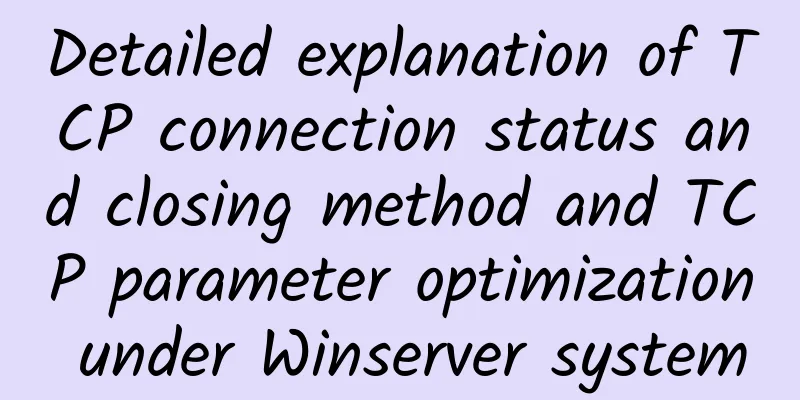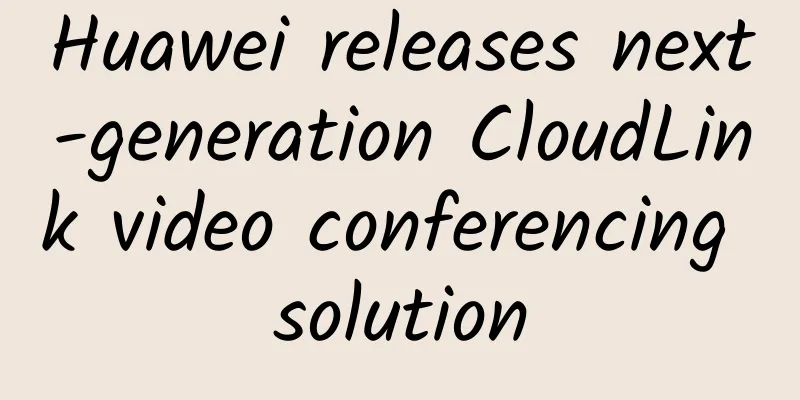What is 5G Dual Connectivity?

|
This is a 4G base station, simple and clean. However, in the 5G era, everything has become complicated. In order to solve the coverage and capacity problems, or to rely on 4G in the early stages of construction, 5G has made "dual connectivity" a hot topic. The so-called dual connection means that the mobile phone can be connected to two base stations at the same time. The two base stations can be a 4G base station plus a 5G base station, or all 5G base stations, so it is called MR-DC (Multi-Radio Dual Connectivity) or NR-DC. This architecture does not look complicated, but there are many problems when you think about it carefully. Are these two base stations primary and secondary? Can dual connectivity and carrier aggregation coexist? On which base station is the control plane located? How is user plane data diverted? Are there any requirements for the core network? First of all, although both base stations serve users, there is indeed a difference in status between them. The one with a higher status is called the "Master Node" (MN); the one with a lower status is naturally called the "Secondary Node" (SN). When a mobile phone wants to access the Internet, it first connects to the primary node, and then adds secondary nodes as needed. The primary node is also called the "anchor point" and is responsible for interacting with the control plane of the core network. Whether it is a primary node or a secondary node, multiple carriers can be supported internally for carrier aggregation. For the master node, once the internal carriers are aggregated, it is equivalent to packaging multiple carriers into a group, which we collectively call the master cell group (MCG, Master Cell Group). Correspondingly, the multiple cells within the secondary node are called a secondary cell group (SCG, Secondary Cell Group). If we drill down further, we will realize that the carriers in carrier aggregation are also divided into primary and secondary. How can we achieve a peaceful unification of MCG and SCG? For MCG, similar to common carrier aggregation, the primary cell is also called Pcell (Primary cell) and the secondary cell is also called Scell (Secondary cell). For SCG, the primary cell is called PSCell (Primary Secondary cell), and the remaining ordinary secondary cells are still called secondary cells SCell. Whether it is MCG or SCG, the primary cell is undoubtedly very important and plays a special role in summarizing the key points. Therefore, PCell and PSCell are collectively referred to as special cells (SPCell for short). Next, let's talk about the user plane logical link between the mobile phone and the base station: data bearer. From the perspective of the mobile phone, whoever has a data transmission and reception relationship with me is the bearer established between them. In other words, the data bearer between the mobile phone and the primary node is called MCG bearer, and the data bearer between the mobile phone and the secondary node is called SCG bearer. If the mobile phone has a bearer with both the primary node and the secondary node, it is called a split bearer, which indicates that the data is diverted at a certain node. Since the base station is connected to the mobile phone and the core network at the same time, its field of view is naturally much wider than that of the mobile phone. It not only knows from which node the data is finally sent to the mobile phone, but also knows which nodes the data from the core network flows through and whether any diversion is performed. The data diversion point, that is, the base station with a user plane connection to the core network in the dual connection, is the termination point of the wireless bearer and will choose whether to divert according to the needs. If the diversion point is at the primary node but no diversion is performed, there will naturally be only the MCG bearer terminated by the MN; if diversion is performed, an SCG bearer terminated by the MN and a split bearer terminated by the MN can be formed. If the diversion point is a secondary node but no diversion has been performed, there will naturally be only the SCG bearer terminated by the SN; if diversion is performed, an MCG bearer terminated by the SN and a split bearer terminated by the SN can be formed. It's just a dual connection, is it necessary to make it so complicated? In fact, considering whether the connection is to the 4G core network or the 5G core network, whether the base station is 4G or 5G, etc., the real situation is more complicated than this. Our series of NSA and SA options in the early stage of 5G network deployment are essentially application examples of these technical points of dual connection. Let's take option 3x of the NSA architecture and option 2 of the SA architecture as examples to see how they all achieve dual connection. Option 3x is essentially a dual connection between a 4G base station and a 5G base station, also called EN-DC. The core network uses 4G EPC, and the 4G base station is the main node, that is, the control plane anchor point; the 5G base station is the auxiliary node and also the diversion control point of the user plane. For voice services, option 3x can only go through 4G and no traffic diversion is performed, which forms an MCG bearer terminated by MN; for data services, if the 5G base station does not divert traffic, it is an SCG bearer terminated by SN. If diversion is performed, it will form a split bearer terminated by SN. The dual connection implemented on option 2 is called NR-DC, which is a dual connection between 5G base stations and 5G base stations. The core network uses 5GC, one 5G base station uses the Sub6G frequency band as the main node and diversion control point; the other 5G base station uses the millimeter wave frequency band as the auxiliary node. With the deepening of 5G deployment, more and more operators are choosing to achieve ultra-high uplink and downlink speeds by superimposing millimeter waves on NR-DC based on independent networking in the mid-frequency band of 3.5GHz or 2.6GHz (option 2). |
<<: Metaverse: What are the four pillars?
>>: Edge Data Centers and the Impact of 5G
Recommend
Low Power Wide Area Network (LPWAN) Technology – Benefits and Testing Challenges
What is LPWAN? The Internet of Things (IoT) refer...
Sharktech Spring Promotion, 10Gbps unlimited traffic high-defense server starting from $299/month, 2*E5-2678v3/128G/2TB NVMe/4 computer rooms including Los Angeles
Sharktech has launched a spring promotion, with d...
The momentum of large-scale commercial use of NB-IoT is unstoppable
The Internet of Things is the only way to the int...
SpartanHost Seattle VPS restock, $8/month-2GB/30G NVMe/3TB/10Gbps bandwidth
SpartanHost has updated its inventory again. Some...
RAKsmart: 35% off all VPS hosting, monthly payment starting from $1.95, CN2/AS9929 available in US/Japan/Korea/Hong Kong/Germany data centers
RAKsmart provides VPS hosts with 35% discount and...
spinservers: $99/month - 2*E5-2630Lv3, 256GB memory, 2*1.6TB SSD, 30TB/10Gbps bandwidth, Dallas data center
spinservers recently released several promotional...
A must-read for network engineers! Essential knowledge points for IP routing in 2020
RIP RIP (Routing Information Protocol) is a pure ...
With the support of 8 major actions, my country's 5G application is about to launch the Sailing Plan
Since 5G was officially launched for commercial u...
Three major operators: 5G package user penetration rate will exceed 60% in 2022
On March 13, China Telecom Corporation Limited an...
Understand 5G-A multi-frequency coordination—“3CC” in one minute
picture Speaking of "3CC", we must ment...
Three years after the license was issued, has 5G commercialization been successful?
It coincides with the third anniversary of China...
Riverbed helps leading manufacturing company Interplex successfully use robotics technology at its global sites
Riverbed, the Application Performance Company, to...
The first interpretation in China: the potential game-changer behind IIoT
If the Industrial Internet is to be implemented, ...
Huawei fully opens HMS and calls on more developers to join the new all-scenario smart ecosystem
[51CTO.com original article] The 2019 Huawei Deve...









